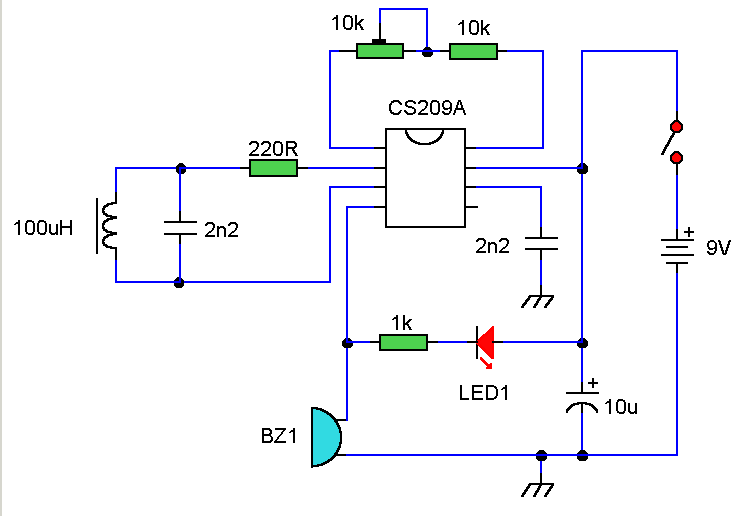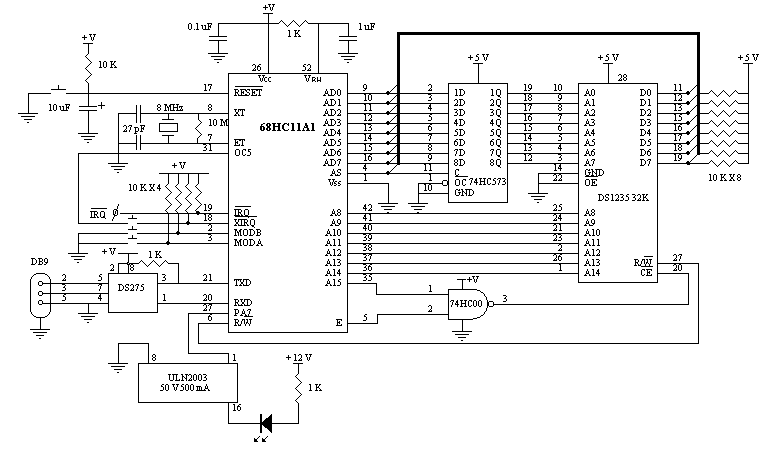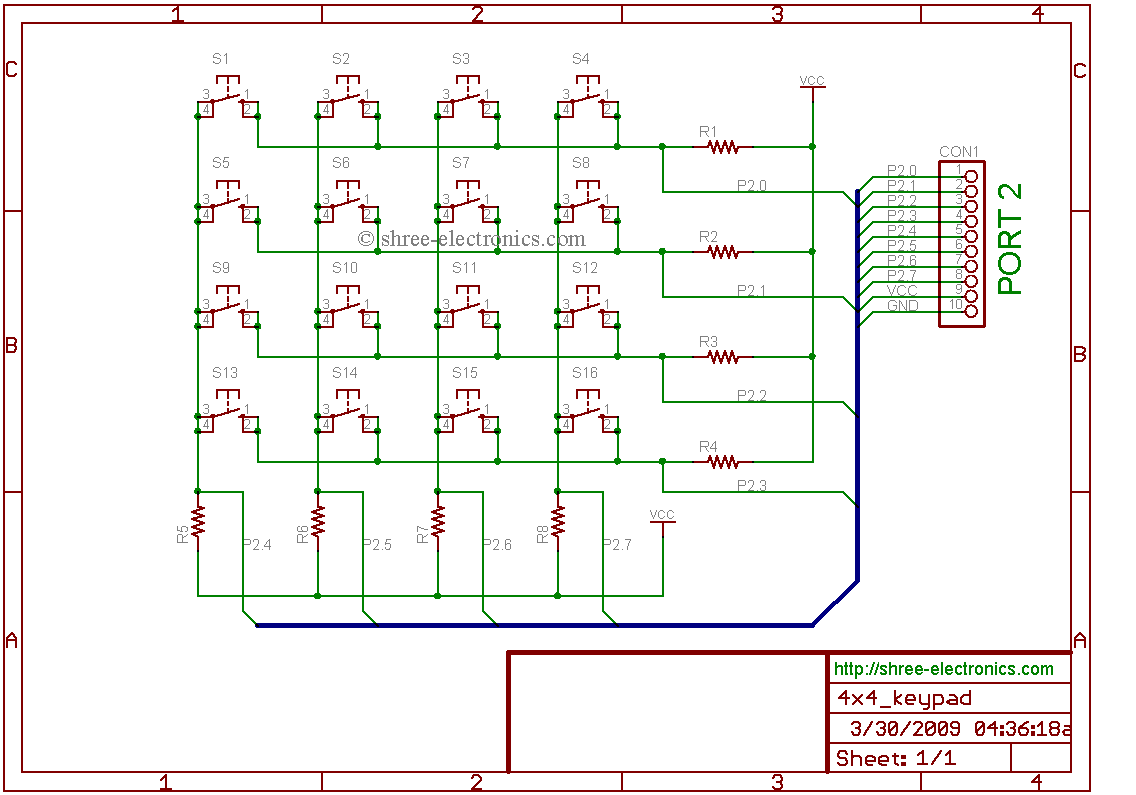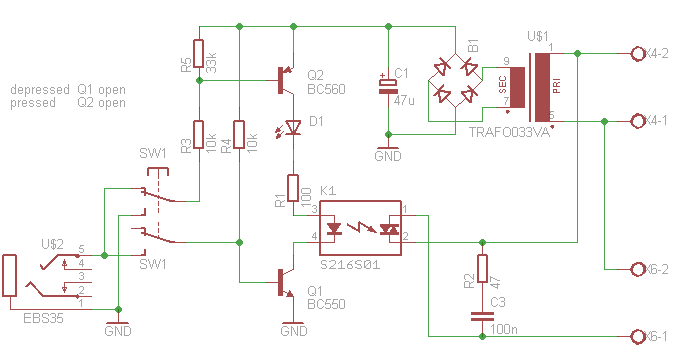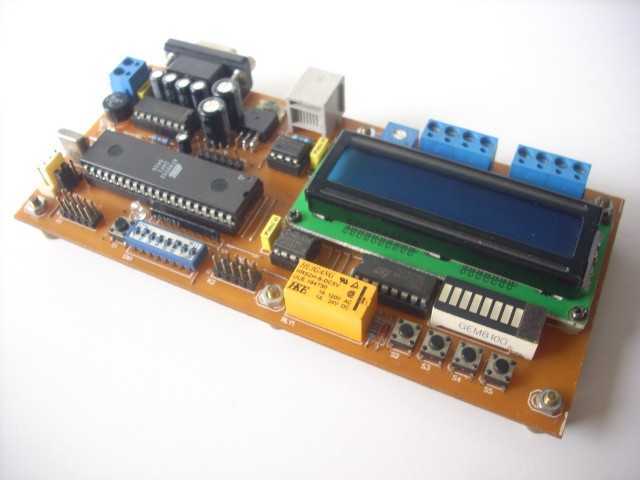
DIY ATtiny STK505 Programming Board Replacement
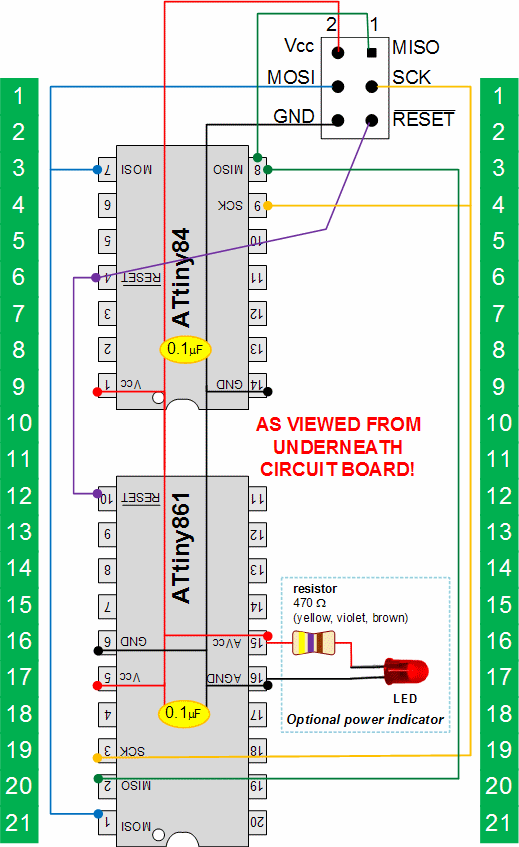
A do-it-yourself Atmel STK505 replacement board facilitates the programming of ATtiny84 and ATtiny861 AVR microcontrollers (14-pin and 20-pin) using the STK500 development kit. The article also details a quick setup connector board for the ATtiny 8-pin microcontroller.
The Atmel STK505 replacement board is designed to enable efficient programming and debugging of ATtiny84 and ATtiny861 microcontrollers, which are popular choices in various embedded applications due to their compact size and functionality. The board is compatible with the STK500 development kit, allowing users to leverage the extensive features of this kit for programming and testing.
The design of the replacement board includes a microcontroller socket that accommodates both the 14-pin and 20-pin configurations, ensuring versatility in programming different ATtiny models. The board is equipped with necessary connectors for power supply and programming signals, making it user-friendly for hobbyists and professionals alike.
Additionally, the article introduces a quick setup connector board specifically for the ATtiny 8-pin microcontroller. This connector board simplifies the process of connecting the microcontroller to the STK500 kit, providing clear pin mapping and reducing the risk of connection errors. The quick setup board is ideal for rapid prototyping and development, allowing users to focus on their projects without the complexity of custom wiring.
Overall, the STK505 replacement board and the ATtiny quick setup connector board represent practical solutions for developers looking to streamline their workflow when working with AVR microcontrollers. These tools enhance the programming experience by providing reliable connections and compatibility with industry-standard development kits.Do-it-yourself Atmel STK505 replacement board allows programming of ATtiny84 and ATtiny861 (14-pin and 20-pin) AVR microcontrollers with the STK500 development kit. Article also describes an ATtiny 8-pin quick setup connector board.. 🔗 External reference
The Atmel STK505 replacement board is designed to enable efficient programming and debugging of ATtiny84 and ATtiny861 microcontrollers, which are popular choices in various embedded applications due to their compact size and functionality. The board is compatible with the STK500 development kit, allowing users to leverage the extensive features of this kit for programming and testing.
The design of the replacement board includes a microcontroller socket that accommodates both the 14-pin and 20-pin configurations, ensuring versatility in programming different ATtiny models. The board is equipped with necessary connectors for power supply and programming signals, making it user-friendly for hobbyists and professionals alike.
Additionally, the article introduces a quick setup connector board specifically for the ATtiny 8-pin microcontroller. This connector board simplifies the process of connecting the microcontroller to the STK500 kit, providing clear pin mapping and reducing the risk of connection errors. The quick setup board is ideal for rapid prototyping and development, allowing users to focus on their projects without the complexity of custom wiring.
Overall, the STK505 replacement board and the ATtiny quick setup connector board represent practical solutions for developers looking to streamline their workflow when working with AVR microcontrollers. These tools enhance the programming experience by providing reliable connections and compatibility with industry-standard development kits.Do-it-yourself Atmel STK505 replacement board allows programming of ATtiny84 and ATtiny861 (14-pin and 20-pin) AVR microcontrollers with the STK500 development kit. Article also describes an ATtiny 8-pin quick setup connector board.. 🔗 External reference

